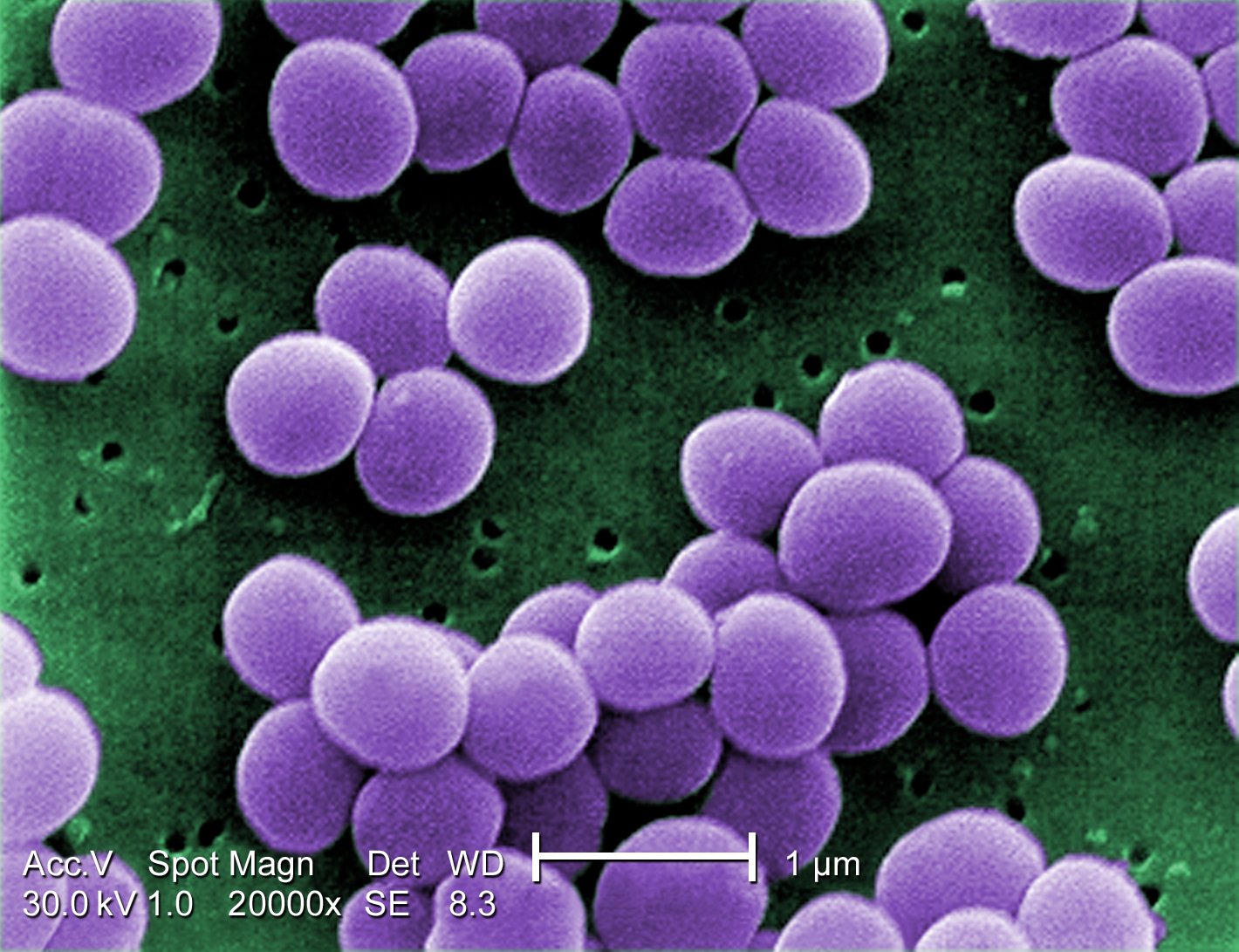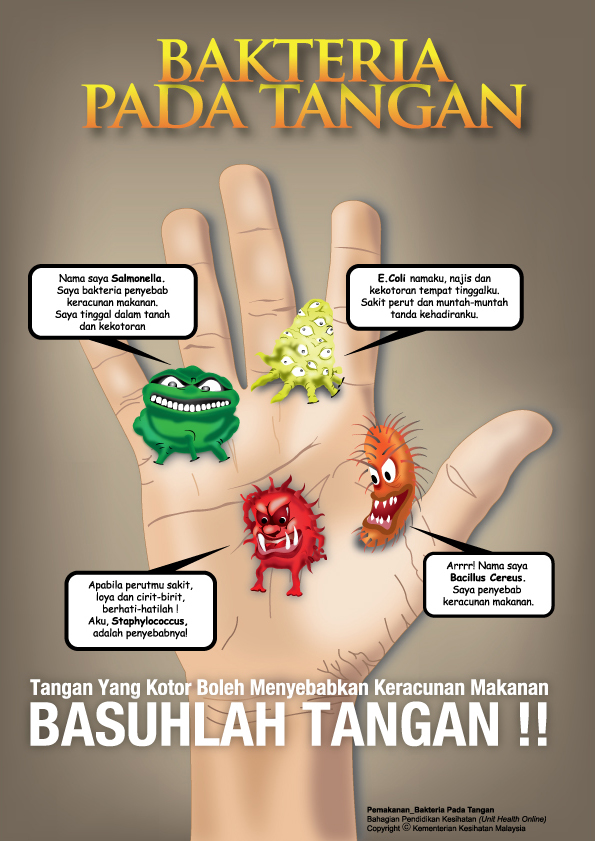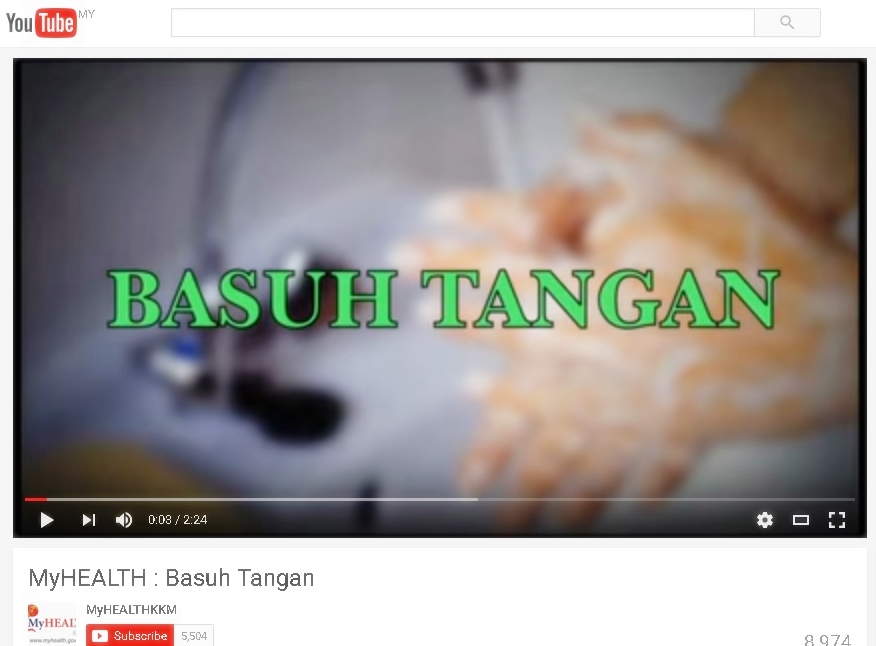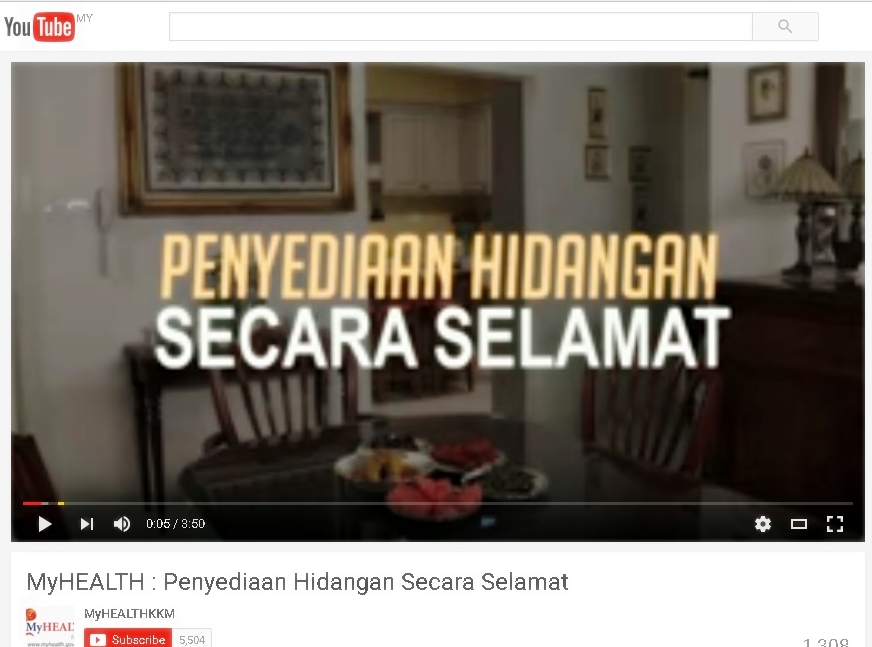What Is Neutropenic Diet?
A diet that designed to help people with weakened immune system is called neutropenic diet. It helps to protect those patients from bacteria and other harmful organisms found in some food and drinks.
People with weakened immune system will face difficulties to protect their body from these harmful bacteria. All harmful bacteria in foods can be destroyed by the proper cooking process.
Who Has A Weakened Immune System?
They are :
- People undergoing certain type of chemotherapy treatments or other cancer therapy as well..
- People who had undergone organ transplant.
- People who is taking immunosuppressive drug.
- People being treated for HIV/AIDS.
Why Neutropenic Diet?
When the immune system of one individual is compromised, they are unable to protect their bodies from bacterial infections very well. They need to limit the exposure to harmful bacteria in foods and drinks so that they can reduce the risk of infection until their immune system has recovered.
The Basic Principles of Neutropenic Diet
- Avoid all foods and drinks that can increase risk of infections.
- Reduce the risk of infection by practising Good Food Safety Practices.
- Ensure all foods are cooked within the recommended time with right cooking temperature.
PRINCIPLE 1 : Foods and Drinks That Can Increase Risk of Infection
| CATEGORY | EXAMPLES OF FOODS AND DRINKS |
|---|---|
|
Dairy
|
*Probiotics = Good bacteria that can help to keep good digestive system. |
|
Meat, Poultry and Fish
|
|
|
Eggs
|
|
|
Fruits and vegetables
|
|
|
Salads
|
|
|
Breads, grains and cereals
|
|
|
Nuts and dried fruits
|
|
|
Desserts
|
|
|
Fat
|
|
|
Beverages
|
|
|
Miscellaneous
|
|
PRINCIPLE 2 : Good Food Safety Practices
- While Shopping
- Always check the expiry date for every foods and drinks you bought.
- Avoid buying food and beverage products with damaged or broken packaging.
- Avoid buying foods from overloaded chiller or freezer as it may not be cool enough.
- Avoid buying cooked foods or raw foods that have been kept together in the same container or from counters without any separated wall/segments between those two items.
- Avoid buying foods that is kept in open containers or places such as pick and mix sweets.
- Avoid buying foods from salads bar or cook chilled counter.
- Please make sure you buy all frozen or cold food last and used appropriate container that can maintain the cool temperature if you have a long way home.
- Keep your raw foods separated from other foods.
- Wash your hands or use hand-sanitizer gel or wipes to clean your hands after you have been shopping or after putting your food away.
- Storing Food
- Keep your fridge between 0°C and 5°C and your freezer at -18°C or below.
- Try not to overfill the fridge as this will increase its core temperature.
- Make sure food is frozen solid when it is taken out of the freezer.
- Thaw frozen food in the fridge; and never refreeze thawed food.
- Always cover defrosting or raw meats or fish (or put them in closed container) and store them on the bottom shelf of the fridge, where they cannot come into contact or drip onto other foods.
- Eggs should be stored in the fridge in their box.
- Use and store food as instructed by the manufacturer and throw away food that has past its expiry date.
(See this video : Menyimpan Makanan Siap Dimasak Secara Selamat / Safe Storage of Cooked Food)
- Preparing Food
- Wash your hands thoroughly with warm, soapy water before and after handling food, including the backs of your hands and between your fingers. Pay special attention to your fingernails.
- Wash your hands every time after going to the toilets, sneezing and each time after holding pet, hair, dirty utensil, pre-packed foods and raw foods.
(See this video : Basuh Tangan / Handwashing)

Figure 1 : Staphylococcus aureus (source : en.wikipedia.org)
(Bacteria that can be found in human respiratory track and skin surface)
Figure 2 : Types of bacteria that can be found on hands such as Staphylococcus aureus, E.Coli, Salmonella and Bacillus cereus. (source : www.henrythehand.com)
- Use different towels or tissues to dry your hands.
- Cover any cuts or wounds with waterproof plaster.
- Keep away your pet from the surface of working area, foods and crockeries and also utensils.
- Always change and clean your kitchen cloth or sponge.
- Avoid any cross contamination in foods by changing or cleaning chopping board or any utensils used to prepare raw food and cooked food.
- Disinfect all work surfaces regularly.
- Let all kitchen utensils, cutlery and dishes to drip-dry in a drainer or use dishwasher rather than using kitchen towel.
- Wash can surfaces before opening them.
- Wash fruit and vegetables before eating.
(See this video : Penyediaan Makanan Secara Selamat / Safe Food Preparation)
- During Cooking
- Thaw meat and poultry in the fridge and not at room temperature (5°C until 63°C) as bacteria grow quickly at this temperature.
- Cook all foods thoroughly and ensure it is piping hot all the way through.
- Cook meats until the juices are clear.
- Pre-heat the oven to ensure food is cooked at the recommended temperature. (Refer to PRINCIPLE 3).
- Always follow manufacturer’s guidelines and do not shorten cooking times.
- Hot food must be eaten within 2 hours after cooking.
- Cold food must be eaten within 4 hours after being prepared except it is kept in the fridge.
- Do not reheat cooked food.
- Microwave oven can be used for thawing food or reheat pre-prepared food depending on the manufacturer’s instructions.
- Do not keep hot food in the fridge immediately as this act will increase the temperature of all the foods in the fridge thus making it unsafe to eat.
- Cool down foods at room temperature within an hour after cooking and then chill or freeze.
PRINCIPLE 3 : Cooking Process Within The Right Temparature and Duration
| Type of Food | **Cooking Temperature (°C) | Duration |
|---|---|---|
|
Steak and roasted meat
|
62.8*
|
5 – 10 minutes
|
|
Meat
|
73.8*
|
|
|
Poultry
|
73.8*
|
|
|
Pork and ham
|
71.1*
|
|
|
Eggs and dishes containing eggs
|
71.1*
|
|
|
Seafood
|
62.7*
|
*Food needs to be cooked and reached minimum internal core temperature.
**In general, foods need to be cooked thoroughly especially at the internal part of the food at least at the temperature of 73°C within 15 seconds.
Additional Tips That You Need To Know
- Eating out
- Ensure food is piping hot when served and cooked all the way through.
- Choose freshly prepared foods from reputable outlets. Avoid salad bars, street vendors, market stalls and ice cream vans.
- Good nutrition
- It is important that you eat nutritious foods to help your body fight bacterial infections, receiving good and proper treatments and improving body strength.
References
- B. Gayle dan P.Micaela (2013), Food Safety When You Are Neutropenic- A Guide for People with Lymphoma by Lymphoma Association.
- London Haematology Dietitians Group (2012), Dietary Advice for Patients with Neutropenia by Leukaemia & Lymphoma Research.
- P. James, Neutropenic Diet by Department of Nutrition and Dietetics, Norfolk and Norwich University Hospitals NHS Foundation Trust.
- P. Seema dan H. Catherine (2008), Clinical Guideline For Dietary Management of Neutropenic Patients by University Hospitals of Leicester NHS Trust from www.library.leicestershospitals.nhs.uk
- S.Julie dan O. Morag (2014), Clinical Care Standard and Procedure Neutropenic Diet by NHS FORTH VALLEY from www.nhsforthvalley.com
- Stony Brook, Food Safety for Patients Who Are Immunosuppressed by University Medical Center from cancer.stonybrookmedicine.edu/system.
- UPMC (2013), Neutropenic Diet, Patient Education Material from www.upmc.com/patients-visitors/education/…/neutropenic-diet.aspx
| Last reviewed | : | 28 August 2020 |
| Writer | : | Norshariza binti Jamhuri |
| Accreditor | : | Noriati binti Ujang |
| Reviewer | : | Nik Mahani binti Nik Mahmood |










